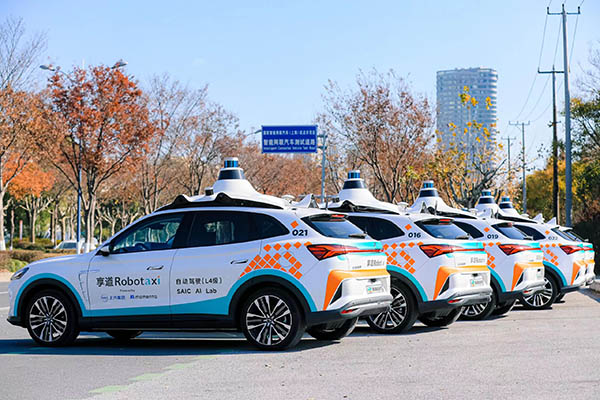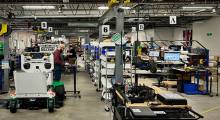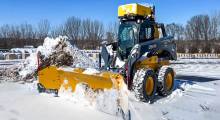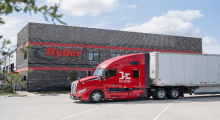China's self-driving car market continues to accelerate. SAIC Motor's ride-hailing unit has raised more than 1 billion yuan ($147.3 million) in a Series B round, according to Momenta Group, an autonomous vehicle developer and participant in the funding. SAIC Mobility is now worth $1 billion (U.S.), Momenta said yesterday.
“SAIC Mobility’s automotive leadership in the Yangtze River Delta has spread nationwide,” stated Zhuang Jingxiong, CEO of SAIC Mobility. “SAIC Mobility is backed by the significant resources and experience of SAIC Motor, and Momenta is providing SAIC Mobility with technological and software leadership as we continue to iterate solutions together.”
SAIC Motor, also known as Shanghai Automotive Industry Sales Co., is a state-owned company developing robotic taxicabs with Beijing-based Momenta. The companies launched their robotaxi project in December 2021, and it is now operating in Shanghai and Suzhou. They claimed that their platform was one of the first SAE Level 4 self-driving cars produced in China.
Momenta 'flywheel' drives development
Momenta, which itself raised $1 billion in Series C funding in November 2021, said it is developing artificial intelligence for smart mobility. The company said its “flywheel” data-driven approach to improving autonomous vehicles uses deep learning rather than a rules-based approach to quickly iterate and improve its algorithms.
The “two-leg” strategy of Momenta combines Mpilot for mass production of semi-autonomous vehicles and the Momenta Self-Driving or MSD fully autonomous technologies. The company noted that this strategy allows it to pursue different capability levels while realizing large-scale implementations.
“Ultimately this will enable safer, more convenient, and efficient travel in the future,” it said. Momenta said it and SAIC Motor have been developing systems for safe and efficient autonomous driving in China.
SAIC sets robotaxi strategy
SAIC Mobility is major strategic project of SAIC Motor. After the robotaxi's first 100 days of service, the overall user satisfaction rate was 98%, and 80% of riders used the service two or more times after their initial experience, reported Momenta.
“SAIC Mobility Robotaxi’s success is the organic combination of [the] operational experience and leading autonomous driving technology,” said Cao Xudong, CEO of Momenta.
“Our two companies together will continue to develop the technology, products, and commercial implementation to meet the future and diverse travel needs of end users,” he added. “We believe that this will become the industry benchmark for autonomous driving and in-depth cooperation between leading car companies and operating platforms, and the future of scalable unmanned driving.”
SAIC Mobility and Momenta said they plan to combine their respective strengths to scale their robotaxi service and enable safer, more convenient, and efficient travel.
Chinese market hails self-driving taxis
The global robotaxi market could experience a compound annual growth rate of 80.8%, expanding from $1.71 billion in 2022 to $108 billion by 2020, according to Fortune Business Insights. It said the Asia-Pacific region led in terms of market share in 2021.
Mordor Intelligence was more optimistic, predicting a CAGR of 120.52% between 2020 and 2025. EqualOcean forecast growth to $52.3 billion in China alone by 2030.
In April, Baidu Inc. and Pony.ai also said they had received permission to operate autonomous robotaxis in Beijing, but safety drivers are still required.
In July, Baidu announced the Apollo RT6, an electric, production-ready model with a detachable steering wheel. Last week, the company said it had obtained the first permits for fully driverless ride-hailing services.
Article topics
Email Sign Up
















